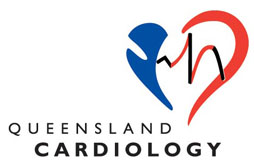Defibrillator Implantation
When is a Defibrillator required?
Drugs are only moderately effective at controlling this condition and generally patients who survive the cardiac arrest will need to have a device implanted which will be able to identify and then correctly treat the condition. The initial devices were developed by Dr Michel Mirowski and were implanted initially in patients in the early 1980s. Since then there has been a huge increase in the number of patients who have had these devices implanted.
How is it done?
Patients requiring these device implantations will need to be admitted to a hospital with special expertise in implanting these devices. The implant is generally performed in the cardiac catheter laboratory by a cardiologist with special expertise. The implant takes about an hour is generally performed using the local anaesthesia with heavy sedation. The specialized pacemaker defibrillator leads are placed in the right ventricle and the right atrium and sometimes the coronary sinus to pace the left ventricle.
Once the leads are stabilized and placed and are sutured in they are then hooked up to the device which is placed beneath the skin generally to the left of the sternum below the collar bone. At the time of implantation the patient is put to sleep and the rapid rhythm is induced so as we can determine if the implanted device will identify the abnormal rhythm and then charge up and give a shock to defibrillate the patient back to regular rhythm. Following the procedure the patient generally stays overnight and is discharged home the following day.
After the procedure
They will then require further follow-up in the clinic initially at 3 months and then at 6 monthly intervals. The battery generally lasts 5-7 years and will then need to be replaced. The new devices can now be monitored continuously from home and this will decrease the need for ongoing supervision in the clinic.
Patients who have had a recently implanted device should not drive for one month until we are sure that the leads are safely and securely in place and that he has had no abnormal rhythms. In a patient who has had a cardiac arrest or rapid VT requiring a shock from his defibrillator he should not drive for 6 months.
If you have any further questions, please contact us at:
Queensland Cardiology
St Vincent’s Private Hospital Northside
North Medical Suites, Green Lifts Level 3,
627 Rode Road
Chermside Q 4032
(07) 3861 5522

